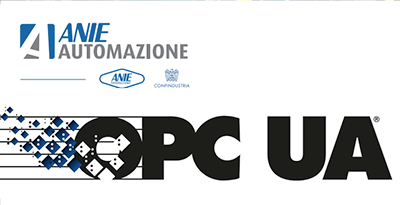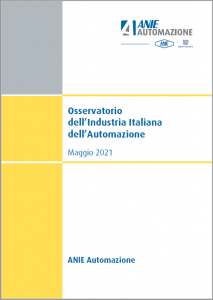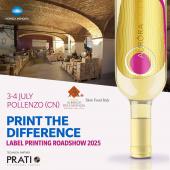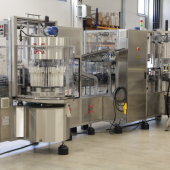OPC UA: what it is, what it does, and its strongpoints
This year too the Observatory of the Italian Automation Industry published by Anie and presented by Fabrizio Scovenna, President of Anie Automazione , during the press conference dedicated to the Digital Days organized by SPS Italia features a special note.
The new note is dedicated to OPC UA (Open Platform Communications Unified Architecture), a freely available protocol designed for industrial automation, which enables the exchange of information and data between programmable logic controllers, human-machine interfaces, servers, clients, clouds and other machines.

The note, titled “The OPC UA Communication Protocol for Industrial Automation 4.0,” consists of about ten pages and is divided into three parts.
The introductory note summarizes the importance of the OPC UA standard in Industry 4.0 and IoT.
The second part is dedicated to functionalities and features of the standard that is regulated by IEC 62541 standards, describing its architecture regarding encodings (OPC UA Binary Encoding and Web-oriented encoding), transport (with HTTPS and OPC-UA Binary TCP protocols), and security. The following paragraph features the explanation of the new communication model called Publisher/Subscriber, specifically designed to support M2M (Machine to Machine) and IoT services through two communication modes on local network and on global network.
The third and last part explains the role of OPC UA in the evolution of Industry 4.0, with a particular emphasis on the convergence between IT and OT, how to organize data collection in existing plants (the so-called brownfields) and finally the convergence with 5G on TSN (Time Sensitive Networking).
This last point would give connectivity the continuity that IIoT applications require to function optimally: it is an option that meets the advanced networking requirements for a fully connected, interoperable and automated factory.
The strongpoints of OPC UA
- It is an open, open source standard.
- It is platform-independent and therefore easy to integrate.
- It is secure in data exchange with physically separated interfaces and separate configuration rights for OT and IT networks and supporting the main security protocols such as SSL/TLS and X.509 for authentication and data encryption.
- It is service oriented. Conceived on the basis of a service-oriented architecture (SOA) that is used to manage microservices on the web in a very flexible way.
- It is compatible not only with the PLC world but also with IoT products and almost all HMIs.
- It can handle both events and actions (i.e. command executions) beyond the data.
- It is scalable: if a user develops an application or an architecture, the protocol allows to use a more suitable programming language to implement it, starting from the classic C++ or .net, Java, but also very light languages such as Python.
- Subscriptions and Metadata. The OPC UA uses two paradigms, the client/server one (the most “classic”) and the Publish/Subscriber one.




















